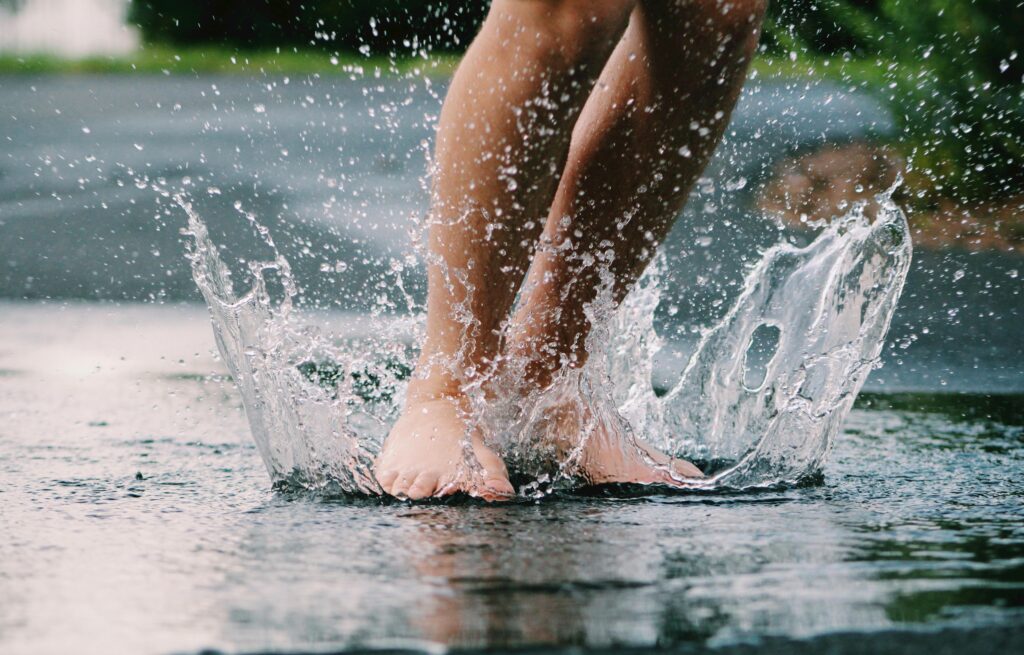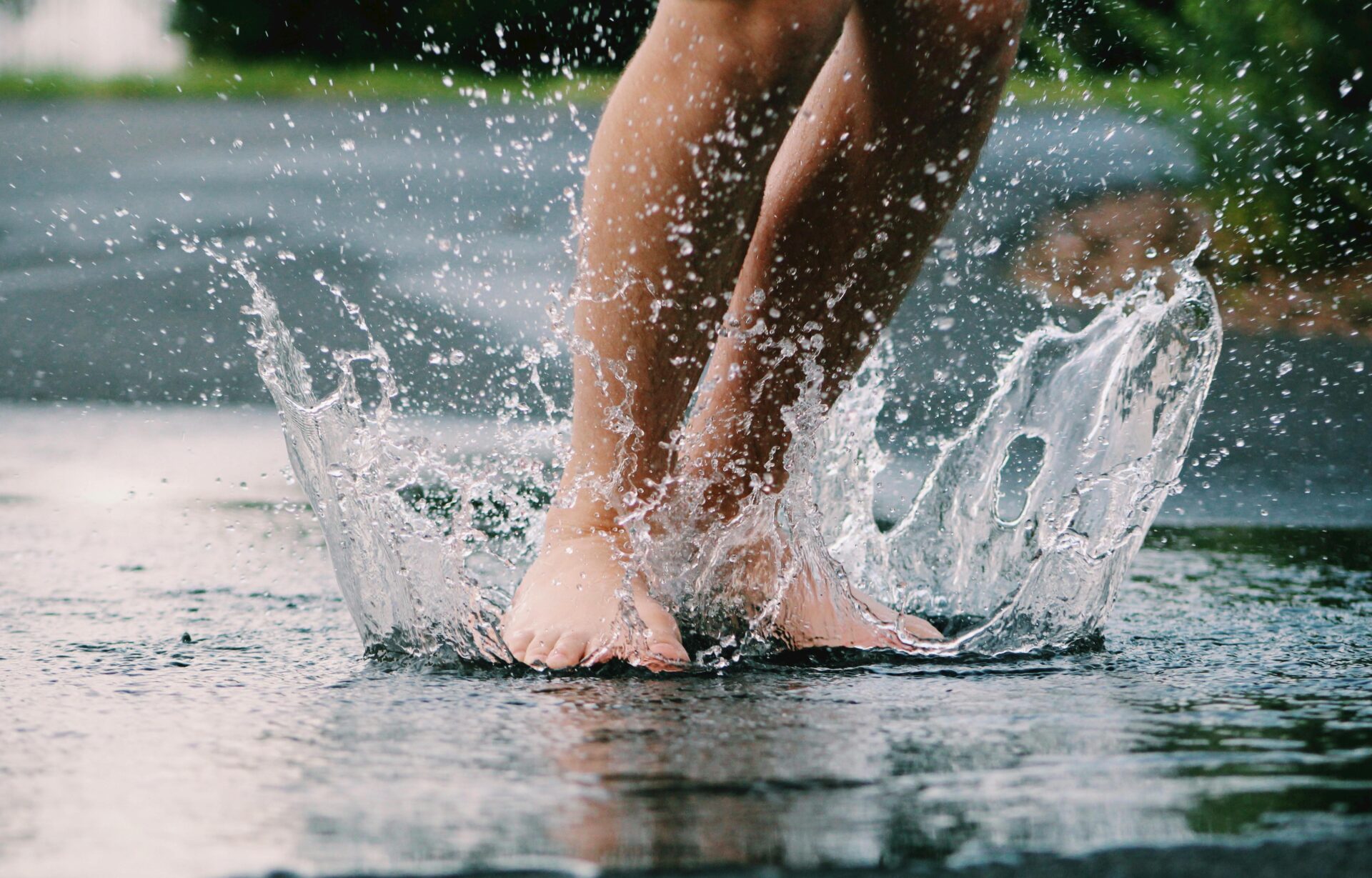What Are Plantar Warts?
Plantar warts get their name from where they develop on your body. You’ll find a plantar wart on the plantar surface, otherwise known as the sole or bottom of your foot. Warts are a soft tissue condition that can appear anywhere on the skin. They are usually small, rough growths that appear in areas, like the soles or balls of your feet, that bear the most pressure.
Plantar warts are common and caused by HPV (human papillomavirus). Usually, this happens when HPV enters the body through a cut or a break in your skin.
Causes and Risk Factors
HPV thrives in warm, moist environments. This makes public showers, pools, and locker rooms common areas to pick up the virus.
HPV can be transmitted by direct or indirect contact. Simply put, this means you can get it from direct skin-to-skin contact with someone who has the virus or by sharing shoes, socks, or floor surfaces with someone who’s infected. The virus can enter the body through small cuts, breaks, and even invisible abrasions in your skin.
Interestingly, not everyone who comes into contact with the virus will develop warts. Each individual’s immune system responds differently to the different strains of the virus.
Though not caused by pressure, they usually appear in areas of the body that bear the most pressure, like the balls and heels of your feet. They are sometimes mistaken for calluses or corns.
Anyone can get plantar warts, and many people do. Approximately 10% of people have plantar warts. However, you may be more prone to get plantar warts if:
- You’re a child or teenager. Between 10% and 20% of children and teenagers develop plantar warts.
- You walk barefoot in areas where the virus thrives, like locker rooms, showers, and pools.
- You have an autoimmune disease.
- You have a weakened immune system.

Symptoms of Plantar Warts
Most warts are harmless however, they can be painful. When they develop on the bottom area of your foot that is weight-bearing, they can be the source of sharp, burning pain.
The following are symptoms of plantar warts you may notice:
- Plantar warts are hard and flat.
- They have a rough surface and well-defined boundaries. They can resemble cauliflower.
- Discoloration. Depending on the color of your skin, plantar warts might be dark pink, yellow, brown, gray, or even purple.
- Black pinpoints, which are clotted blood vessels.
- If the wart has grown inward, you may notice a callus over the spot on the skin.
- Pain or tenderness when walking or standing.
- Pain when squeezing the outside margins of the lesion.
- A cluster of growths, also called mosaic warts, on the bottom of your foot.
You’ll usually spot plantar warts on the balls of your feet, your heels, or your toes.
Should I See a Podiatrist for a Plantar Wart?
It’s always wise to see your podiatrist when you notice any sort of suspicious growth anywhere on your feet. With more specialized training and experience in foot and ankle conditions than any other healthcare professional, your local podiatrist is an excellent source of knowledge and care.
While plantar warts may eventually disappear on their own, you may want to visit your podiatrist anyway, especially if they are painful or spreading.
If you notice any of the following, you should be sure to make an appointment with your podiatrist:
- The growth is bleeding.
- The growth changes in shape or color.
- You’ve tried treating the wart yourself, but it won’t go away.
- The wart multiplies or comes back after clearing up for a time.
- You aren’t sure if the growth is a wart or a callus.
- The pain caused by the lesion interferes with your daily activities.
- If you have diabetes or a circulatory issue.
- You have a weak immune system.

How to Treat Plantar Warts
A plantar wart will sometimes go away on its own after one to two years after your immune system has a chance to fight off the virus. But plantar warts can spread, be painful, and may make you feel self-conscious, so your doctor may recommend treatment by a podiatrist.
Your foot and ankle surgeon may choose to treat your plantar wart in a variety of ways. Each individual is unique, so what may work for one patient won’t necessarily work for another.
Plantar warts can be treated in a variety of ways:
- Salicylic Acid — A chemical treatment.
- Topical Medicine
- Cryotherapy — Your podiatrist may use extreme cold to freeze and destroy the plantar wart.
- Surgical Removal — This can be done under local anesthesia in your podiatrist’s office.
- Laser Treatment
There is no 100% effective way to keep plantar warts from returning. In some individuals, they reappear after treatment, and in others, they will not reappear again.
Ways to Prevent Plantar Warts
- Don’t ignore changes or growths on your skin
- Avoid walking barefoot around public pools, parks, and locker rooms.
- Change your socks daily.
- Keep your feet dry. Make sure to dry your feet, toes, and the spaces between your toes after you bathe or get wet.
- Don’t share towels, shoes, socks, or nail clippers.
- Wear moisture-wicking socks.
- Visit your podiatrist as part of your yearly health checkup.
- If you have little ones, make sure to check their feet periodically.
Plantar warts are common and treatable. If you think you have a plantar wart, or if the wart is painful or causes you to feel embarrassed about your feet, make an appointment with one of our podiatrists in Missoula or Hamilton.
